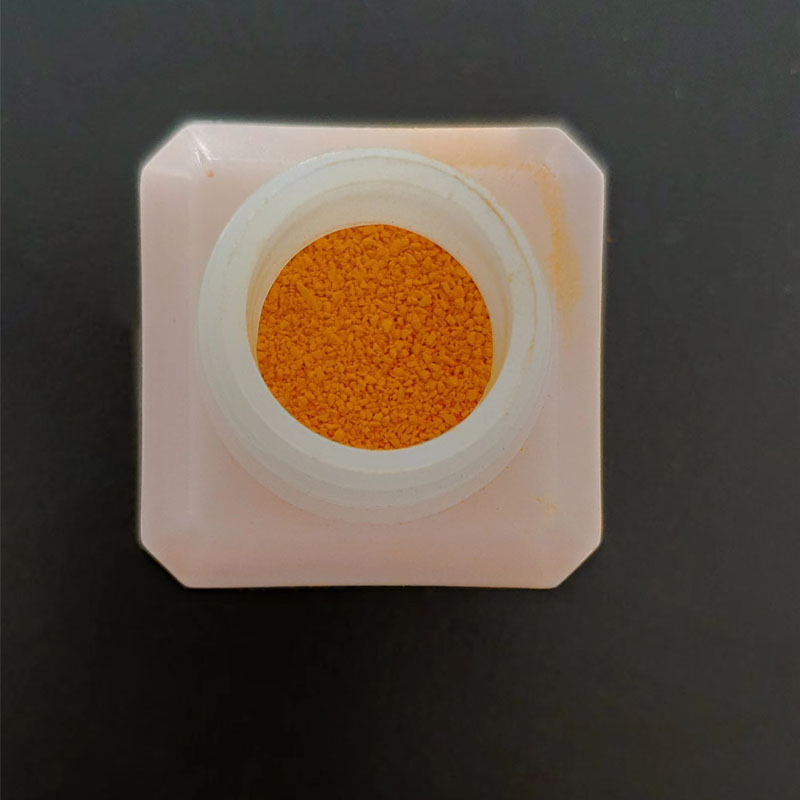- No. 268 Xianghe Street, Economic Development Zone of Xingtai city, Hebei 054001 China
- Byron@hbhongri.cn
Exploring the Benefits and Uses of Paprika Extract for Health and Flavor
The Benefits and Uses of Paprika Extract
Paprika extract, derived from the vibrant red spice made from ground capsicum peppers, has garnered attention not only for its culinary contributions but also for its potential health benefits. This article explores the various facets of paprika extract, including its composition, health benefits, and applications in cooking and beyond.
Composition and Nutritional Profile
Paprika extract is rich in carotenoids, particularly capsanthin and zeaxanthin, which are responsible for its characteristic red color. These natural pigments have been studied for their antioxidant properties, which help neutralize free radicals in the body. Furthermore, paprika is a good source of vitamins A, E, and B6, as well as minerals such as iron and magnesium. This nutrient-rich profile contributes to its appeal not just as a spice but also as a supplement.
Health Benefits
One of the most notable benefits of paprika extract is its antioxidant properties. Antioxidants play a crucial role in combating oxidative stress, which is linked to various chronic diseases including heart disease, cancer, and aging. The carotenoids in paprika extract have been found to reduce inflammation and enhance immune function.
Research suggests that the consumption of paprika extract may promote eye health due to the presence of zeaxanthin, which supports macular health and may reduce the risk of age-related macular degeneration. Additionally, the spice has been traditionally used to aid digestion, as it can stimulate the production of gastric juices, thereby improving overall gut health.
Furthermore, paprika extract has been studied for its potential anti-cancer properties. Certain studies have indicated that the compounds present in paprika, including capsicum, might inhibit the growth of cancer cells. However, further research is necessary to fully understand these effects and the mechanisms involved.
paprika extract

Culinary Uses
In the kitchen, paprika extract serves as a versatile ingredient that can enhance the flavor, color, and nutritional value of various dishes. Available in several varieties—sweet, smoked, and hot—each type of paprika can impart a unique flavor profile to meals. It’s often used to season meats, stews, sauces, and is a key ingredient in many spice blends. The extract form allows for easier incorporation into sauces and dressings, providing a concentrated burst of flavor without the bulk.
Paprika extract is also popular in vegetarian and vegan cuisines, offering a smoky or spicy kick to plant-based dishes. Its vibrant color can make salads and appetizers visually appealing, enticing even the most discerning diners.
Industrial Applications
Beyond culinary uses, paprika extract finds its place in various industries. It is a common additive in food processing, enhancing not just flavor but also color in products like sausages, cheeses, and snacks. Moreover, its antioxidant properties make it valuable in preserving food, extending shelf life while maintaining quality.
The cosmetic and pharmaceutical industries have also taken note of paprika extract. Its antioxidant and anti-inflammatory properties make it an attractive ingredient in skincare products, promoting skin health and addressing signs of aging. Additionally, its natural composition aligns with the growing demand for clean and sustainable beauty products.
Conclusion
Paprika extract is a remarkable ingredient that bridges the gap between culinary delight and health benefits. Rich in antioxidants, vitamins, and minerals, it has potential applications that extend beyond the kitchen into health and wellness. Whether used in cooking or as a supplement, paprika extract offers a colorful way to enhance both flavor and nutrition, making it a worthy addition to any diet. As research continues to unveil the benefits of this spice, it's clear that paprika extract is more than just a seasoning—it's a powerful ally for health and well-being.
-
Unlock the Power of Capsicum Frutescens Fruit Extract – A Flavorful Boost for Your Products!NewsJul.22,2025
-
The Vibrant World of Powder Paprika – Unlock Flavor and Color in Your DishesNewsJul.22,2025
-
The Golden Power of Turmeric Root Powder – A Superfood for Every Kitchen!NewsJul.22,2025
-
Ignite Your Dishes with Crushed Red Chilli – A Spicy Delight Awaits!NewsJul.22,2025
-
Explore the Golden Benefits of Turmeric Powder – A Superfood for Every Kitchen!NewsJul.22,2025
-
Discover the Richness of Paprika Food – A Flavorful Journey Awaits!NewsJul.22,2025







